Hawaiian Fantasies
A tropical garden transports us to that place within us that is the source of dreams. Who hasn’t fantasized of tropical islands, warm breezes and the smell of sweet blossoms in the air? Tropical flora triggers sensations that take us away to carefree, blissful exotica.
As trends have predicted, tropical cultivars have become the perfect solution for many gardeners desiring dramatic impact, versatility, ease of maintenance and a garden setting that fosters tranquility and serenity. There is no better way to counteract the effects of our discouraging economic environment than surrounding ourselves with soothing, lush, verdant greenery. A Hawaiian tropical oasis, perhaps clustered around a pond or waterfall, would not be complete without the striking backdrop of colocasias.
Colocasia esculenta, also called “elephant ears,” gets its name from the size of its leaves. Elephant ear plants can grow 8 feet tall in the tropics, and the leaves can reach 3 feet long and 2 feet wide; however, in the North, a height of 2 to 3 feet is more common, although still impressive. Thanks to their origin in tropical and subtropical areas, they love sunshine, heat and high humidity. They are easy to grow in sun or shade and are suited for many climates not just the South. They can be considered annuals in cold climates or may be overwintered in basements or garages if needed.
A new series of colocasias in the marketplace is suddenly causing growers to perk up their “elephant ears.” Consumer demand for new plant choices has led to innovative breeding breakthroughs developed by Dr. John Cho, plant pathologist at the University of Hawaii.
New Colocasia Breeding Breakthroughs
Dr. Cho is an internationally acclaimed breeder renowned for his breeding efforts to achieve disease-resistance in edible colocasias. He has applied his knowledge to breeding a new line of ornamental colocasias and has achieved outstanding success. This series features varieties unlike any available in today’s market. Colocasias, originating in Southeast Asia more than 50,000 years ago, migrated eastward with civilization until arriving in Hawaii about 900 to 1,000 A.D. In Hawaii, colocasias, known as taro (kalo in Hawaiian), became a major source of sustenance along with breadfruit and sweet potato. Taro is revered in Hawaiian culture as a sacred food source. Growing taro was not merely an activity of food production; it was strongly bound to native culture and beliefs about creation. Mindful of the native beliefs about taro, ornamentals developed for the Royal Hawaiian Colocasia program do not use Hawaiian taro cultivars and instead combine the desirable attributes from other genetic sources.
Culture Information
Colocasias thrive in humid conditions. Ample soil moisture is a must. If planting in a container, consider a self-watering type with a reservoir. Larger pots will allow room for the underground corm and cormels to grow. When frost threatens, bring plants indoors to overwinter in a cool basement or garage that remains above freezing. For best results, provide southern exposure and don’t let soil dry out. Wait for the last frost to plant outside.
For more information about the Royal Hawaiian Colocasia Series, visit www.royal hawaiiancolocasias.com. For liner sources, please contact PlantHaven, Inc. at (805) 569-9179.
SIDEBAR
The Royal Treatment
Royal Hawaiian colocasias have been bred to be sturdy garden performers and container specimens. Each is disease resistant, with fabulous foliage and stem interest, and a tidy clumping habit. The series presents visually appealing and colorful combinations as a group or in combination with other flowering plants. The striking foliage provides texture and contour, and their unique appearance achieves a tropical look that adds visual freshness to traditional cultivars. Plants that are interspersed with other bright-flowering tropicals add focal interest. The leafy foliage of colocasias softens borders, sidewalks and pool settings. Their thirst for water helps them thrive in wet areas or near water features. Not only limited to the landscape, colocasias make stunning specimens in combination containers, which are growing in popularity with consumers. Grow them in containers, and when the weather dips below 40 degrees at night, just bring the container in to your garage, basement or sunroom.
PlantHaven, Inc., introduced Royal Hawaiian colocasias at last year’s California Pack Trials, and the plants have received multiple awards and recognition throughout the industry, including the University of Georgia’s 2008 Classic City Award.
Introducing the Royal Hawaiian Colocasia Series
‘Blue Hawaii’. This striking specimen, reaching 30-48 inches high, boasts a combination of large medium-green leaves with dramatic bluish-purple veins, an undulating bluish-purple margin, matte finish and semi-glossy dark burgundy stems. On the leaf back, the veins are equally impressive, only cranberry instead of purple.
‘Diamond Head’. Reaching up to 60 inches tall, this variety features large, dark-purple to black leaves, a glossy finish and a small, circular dark burgundy colored “piko.” Stems are semi-glossy dark burgundy color. Dr. Cho has achieved a combination of the color of colocasia ‘Black Magic’ with the glossy leaf surface usually seen only in alocasias. The lightly ruffled leaves compose a well-behaved 4-foot clump with dense branching at the base.
‘Hawaiian Eye’. This variety’s large, dark greenish-purple leaves have a matte finish, a small, circular dark-burgundy “piko,” and semi-glossy, dark-burgundy stems. Reaching from 48-60 inches tall, its large 18-inch-long leaves emerge black with silver-gray veins. As the leaves age, they morph to gray-green. Each leaf is further highlighted by a narrow purple border and a great underside, as the veins on the reverse are colored bright cranberry.
‘Hilo Bay’. This variety sports glossy, 20-inch, slightly ovate leaves that are uniquely ruffled or corrugated in texture with an undulating margin. Beneath the olive-green leaves, the thick stems are dark purple. Multiple secondary shoots are produced that are attached to the mother plant on short stolons, and the plant reaches a height of 48 inches.
‘Pineapple Princess’. Eighteen-inch-long dusty gray-lavender and yellow-green leaves are highlighted by dramatic purple veins. The backs of the leaves are equally dramatic with the dark purple veins showing off against the gray-purple back. A matte finish, undulating purple leaf margins, and burgundy colored stems provides continued interest on this 36-inch-tall plant.

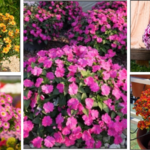

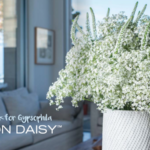






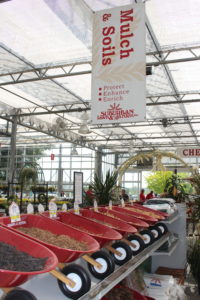
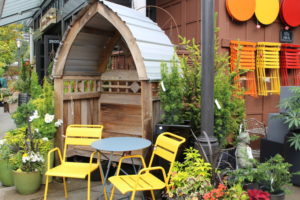
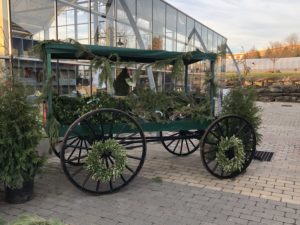
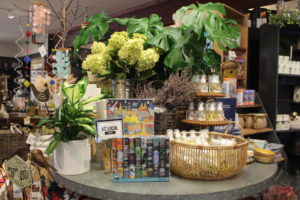
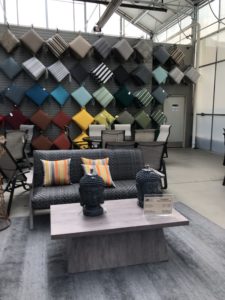
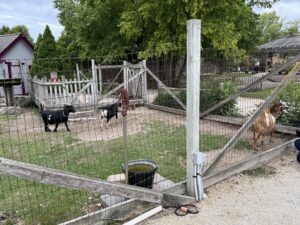
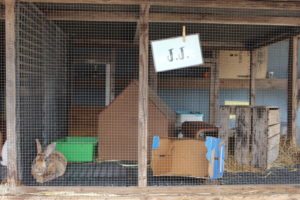

 Videos
Videos





